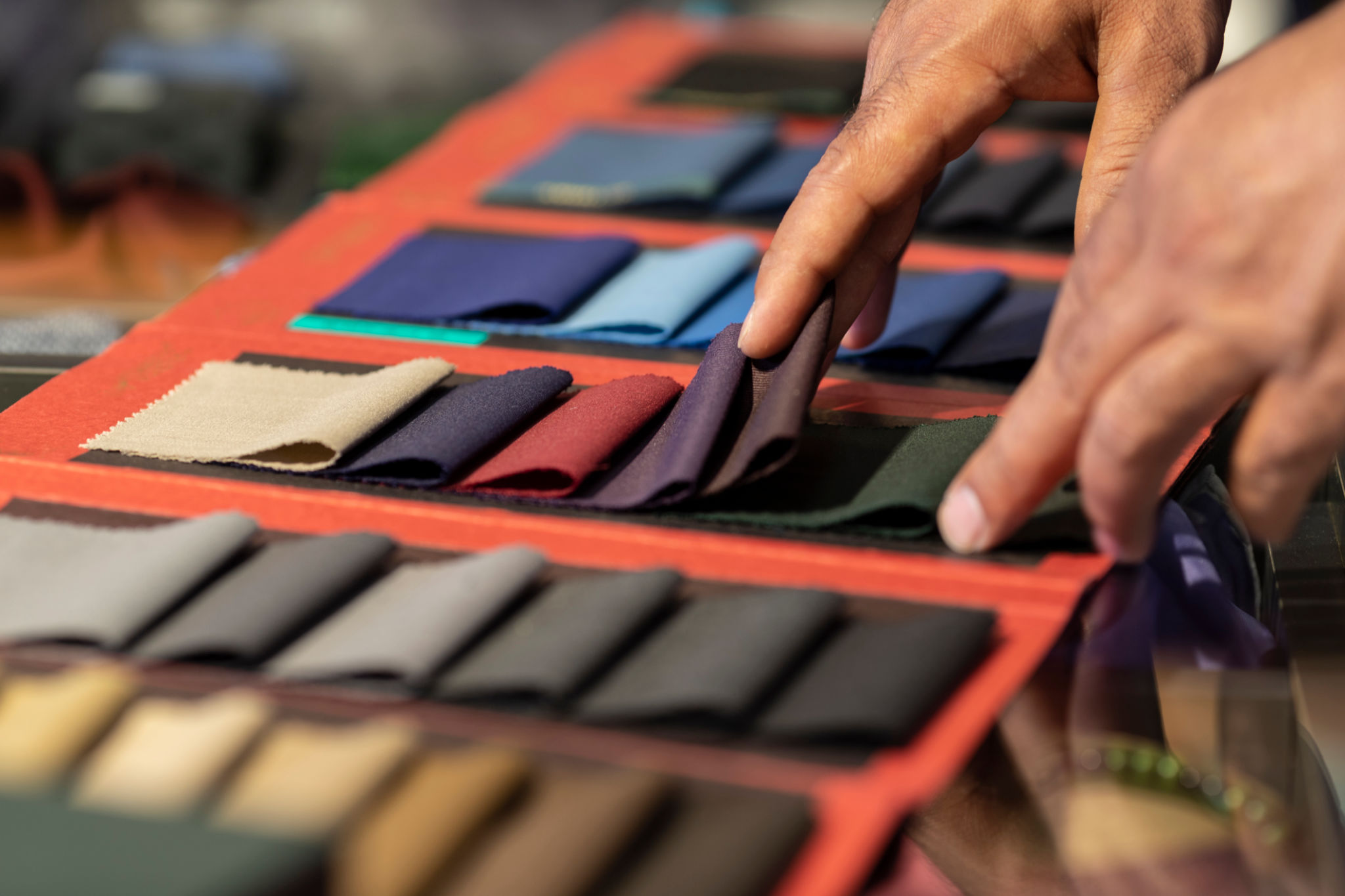The Ultimate Guide to Smart Fabrics in Fashion
Understanding Smart Fabrics
Smart fabrics, also known as e-textiles, are revolutionizing the fashion industry by integrating technology into textiles. These advanced materials are designed to interact with the wearer and the environment, offering functionalities beyond traditional fabrics. From monitoring health metrics to changing colors based on temperature, smart fabrics are paving the way for innovative fashion solutions.

The Technology Behind Smart Fabrics
At the core of smart fabrics are conductive fibers and materials that enable electronic components to be embedded seamlessly. These textiles can include sensors, actuators, and even microcontrollers, allowing them to perform a wide range of tasks. For instance, some smart fabrics can regulate body temperature, while others can track physical activity or provide haptic feedback.
One of the key technologies in smart fabrics is nanotechnology, which enhances the fabric's capabilities without compromising comfort or style. By incorporating nanoparticles, manufacturers can create textiles with properties such as water resistance, UV protection, and antimicrobial features.
Applications in Fashion
The impact of smart fabrics on fashion is profound and multifaceted. Designers and brands are increasingly exploring how these materials can be used to create garments that are not only aesthetically pleasing but also functional. Here are some of the ways smart fabrics are being utilized in fashion:
- Sport and Fitness Apparel: Smart fabrics are extensively used in sportswear to monitor heart rate, calories burned, and other vital signs.
- Adaptive Clothing: Garments that can change their properties, such as color or insulation level, in response to environmental changes or wearer preferences.
- Wearable Tech Integration: Clothing that seamlessly integrates with devices like smartphones for enhanced user experience.

The Benefits of Smart Fabrics
Smart fabrics offer numerous benefits that make them an attractive choice for both consumers and designers. One significant advantage is their ability to enhance personal comfort and convenience. With features like moisture management and climate control, smart textiles keep the wearer comfortable in varying conditions.
Moreover, smart fabrics contribute to sustainability in fashion by promoting longevity and reducing waste. For instance, garments that adapt to different weather conditions reduce the need for multiple clothing layers, minimizing resource consumption.
Challenges and Considerations
Despite their exciting potential, smart fabrics also present challenges that need addressing. One of the primary concerns is durability. Since these textiles incorporate electronic components, ensuring their longevity through repeated wear and washing is crucial.

Another consideration is the cost of production. The advanced technology involved in creating smart fabrics often results in higher production costs, which can translate into more expensive products for consumers. However, as technology evolves and becomes more widely adopted, it's expected that these costs will decrease over time.
The Future of Smart Fabrics in Fashion
The future of smart fabrics in fashion looks promising, with continuous advancements paving the way for more sophisticated applications. As technology becomes more integrated into our daily lives, the demand for clothing that offers both functionality and style will likely increase.
Moreover, collaborations between tech companies and fashion designers are expected to drive innovation further. As these partnerships flourish, we can anticipate a new era where clothing is not just about fashion but also about enhancing our daily experiences through intelligent design.
